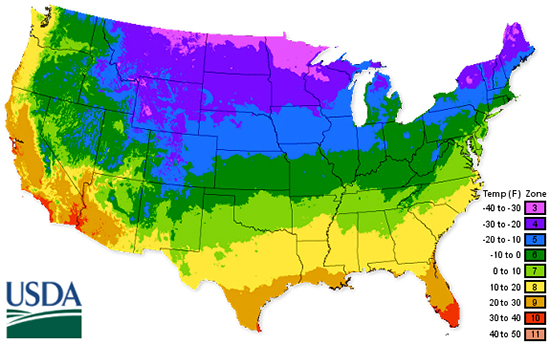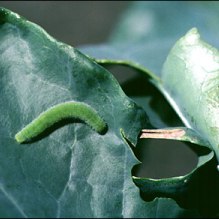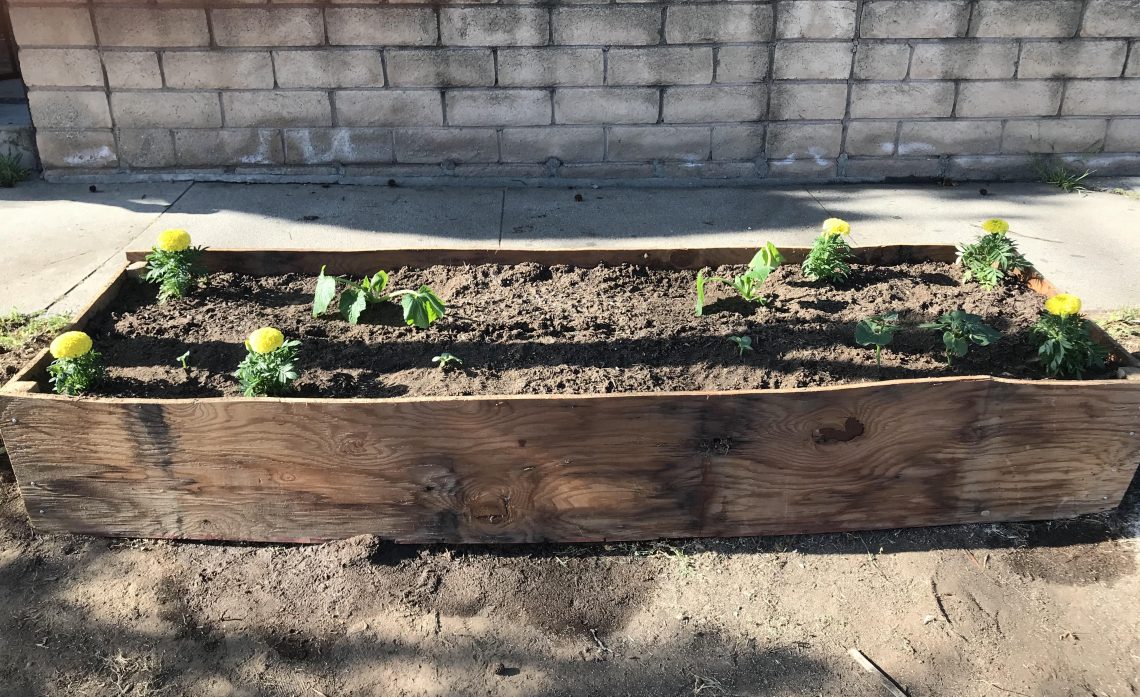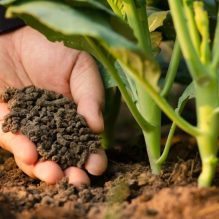-
Whose Zone is it Anyway? A Breakdown of Plant Hardiness Zones, Frost Dates, and Soil pH
So you’ve caught the gardening bug now you’re running to your local garden store. But before you start buying every plant under the sun, there’s three things you must consider: your area’s hardiness zone, frost dates, and testing the acidity of your soil. Let’s start off with hardiness zone. The United States Department of Agriculture (USDA) created a map of all the different climate zones in America. The number of zones range from 1-11, 1 being the coldest and 11 being the most hot and arid. Since I live Los Angeles, my zone is somewhere between 10a-11a. That means the plants I choose must be able to thrive in between…
-
Composting: A Simple Way to Add Rich Soil to your Garden
When I restarted my garden a couple of months ago, I also put in a makeshift compost bin. I’ve never composted before, but after reading about it in the gardening book The Urban Homestead, I decided to start composting myself. I realized that it’s not only easy to start composting, but it so rich in nutrients. Composting is virtually effortless to do, and here is how to get started. All you really need is an enclosed bin. I used an old plastic tub with a lid. You want to put some holes in the bin because the soil needs to aerate, or else it would get too soggy. No need…
-
Cabbage Worms: How To Spot Them and How to Get Rid of Them
My garden has seen an uptick in pests recently. One clear sign of an infestation that I found were large holes in the leaves of my brussel sprouts, squash, and green beans. The culprit behind this: ferocious eaters called the cabbage worm. As the name would suggest, you’ll usually find these cabbage worms munching on plants that belong in the cabbage family, including brussel sprouts. But they’re not picky and will chew on anything. I have found them in lettuce, along with the aforementioned plants above. Cabbage worms are actually caterpillar larvae from the White Cabbage Butterfly species. If you seen some white butterflies swarming around your garden, there’s a…
-
Raised Bed Project
If you don’t have the luxury of digging in your yard to start planting, a raised bed is a fantastic alternative to any gardener. They are versatile, easy to make, and are actually less maintenance than regular container pots. I have never made one myself, but recently my boyfriend Danny has gotten the nerve to actually build one himself! He currently lives in Los Feliz, a quaint area of LA near East Hollywood. The property he lives on doesn’t have its own yard, just a concrete driveway and a small courtyard out front with a fig tree. Despite this lack of green space he thought of a great substitute, which…
-
Fertilizer: A Plant’s Best Friend
When I first started planting vegetables, I always thought all you need was some potting soil and add some water. That’s it. I never bothered to add fertilizer to any of them. I always thought it just a way of being fancy or some optional boost if you wanted your plant to grow faster or something. Only recently did I realize that good nutritious soil is essential to a good fruiting plant, and it starts with adding good fertilizer. This made a lot of sense now. Most of my plants before never really fruited or were dwarfed. I never gave the soil in those pots any vital nutrients. Container plants…
-
Be Brave and Garden: Planting the Blogging Seed
First post ever! I have been gardening now for about two and half years, but have not been very successful. All my plants started from seedlings (young plants that have already sprouted) and I’d put them into containers in my backyard. I’ve tried to plant seeds as well, but I couldn’t germinate seeds for the life of me. I had some success with the seedlings though, yet it mostly resulted in very few of my plants actually fruiting and most were dwarfed. I gave up often and didn’t really try to maintain it well, and after a couple of months most of what I planted ended up going to…





